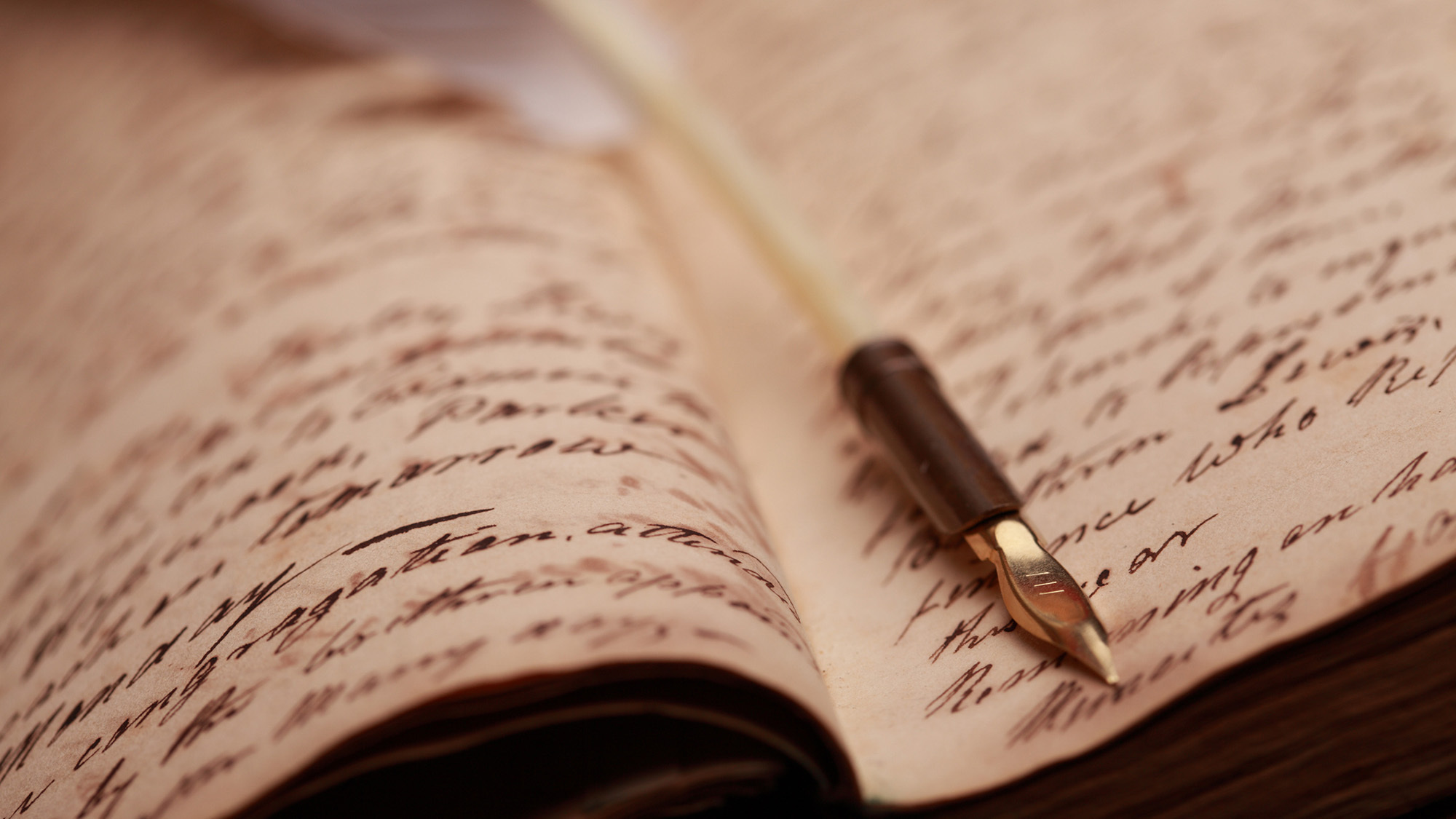The National Archives needs help from people with a special set of skills–reading cursive. The archival bureau is seeking volunteer citizen archivists to help them classify and/or transcribe more than 200 years worth of hand-written historical documents. Most of these are from the Revolutionary War-era, known for looped and flowing penmanship.
NEWSLETTER SIGN UP
“Reading cursive is a superpower,” Suzanne Isaacs, a community manager with the National Archives Catalog told USA Today. “It’s not just a matter of whether you learned cursive in school, it’s how much you use cursive today.”
Isaacs coordinates over 5,000 citizen archivists that help read and transcribe some of the more than 300 million digitized objects within its catalog. Volunteers can help with everything from pension records, field notes made by geographers working on the Mason-Dixon line, to immigration and Census records.
Interested volunteers can sign-up online, no application required. Reading longhand script can help, but it is not required for some of the records. Revolutionary War pension records have a “no cursive required option,” where volunteers can help tag the ones that have already been transcribed so that it is easier to find them.
Learning cursive used to be standard in classrooms across the United States, with penmanship graded. Once typewriters became common and later computers, it started to disappear. Common Core teaching standards emphasized keyboard typing by 2010. However, 14 states still require cursive to be taught in schools, regardless of how little it is used in daily life.
In 2023, the state of California passed a law that requires the teaching of “cursive or joined italics” from first through sixth grades. Reading primary source historical documents–like the ones in the National Archives–was cited as a major reason behind the law. There is also some evidence that learning cursive benefits the brain.
“More and more neuroscience research is supporting the idea that writing out letters in cursive, especially in comparison to typewriting, can activate specific neural pathways that facilitate and optimise overall learning and language development,” neuroscientist Claudia Aguirre told the BBC after the California law passed.
The research into handwriting something versus typing it shows that it is still most beneficial to write with pen and paper. However, the greatest benefits to both memory and learning new words, are just tied to writing, and not using cursive over print.
[ Related: Why writing by hand is better for remembering things.]
According to the National Archives, artificial intelligence (AI) is starting to be able to read cursive, but still needs human help. They have been working with FamilySearch, an AI genealogical nonprofit operated by the Church of Jesus Christ of Latter-day Saints to search and access historical documents. A person is still required to do the final edit of the document due to the number of errors. AI can have difficulty with rips, tears, smudges, cross-outs, ink bleeding through the paper, older forms of letters, inventive spelling, and more.
For those looking to practice–or learn–their cursive skills, Southwestern Illinois College has a list of resources.

